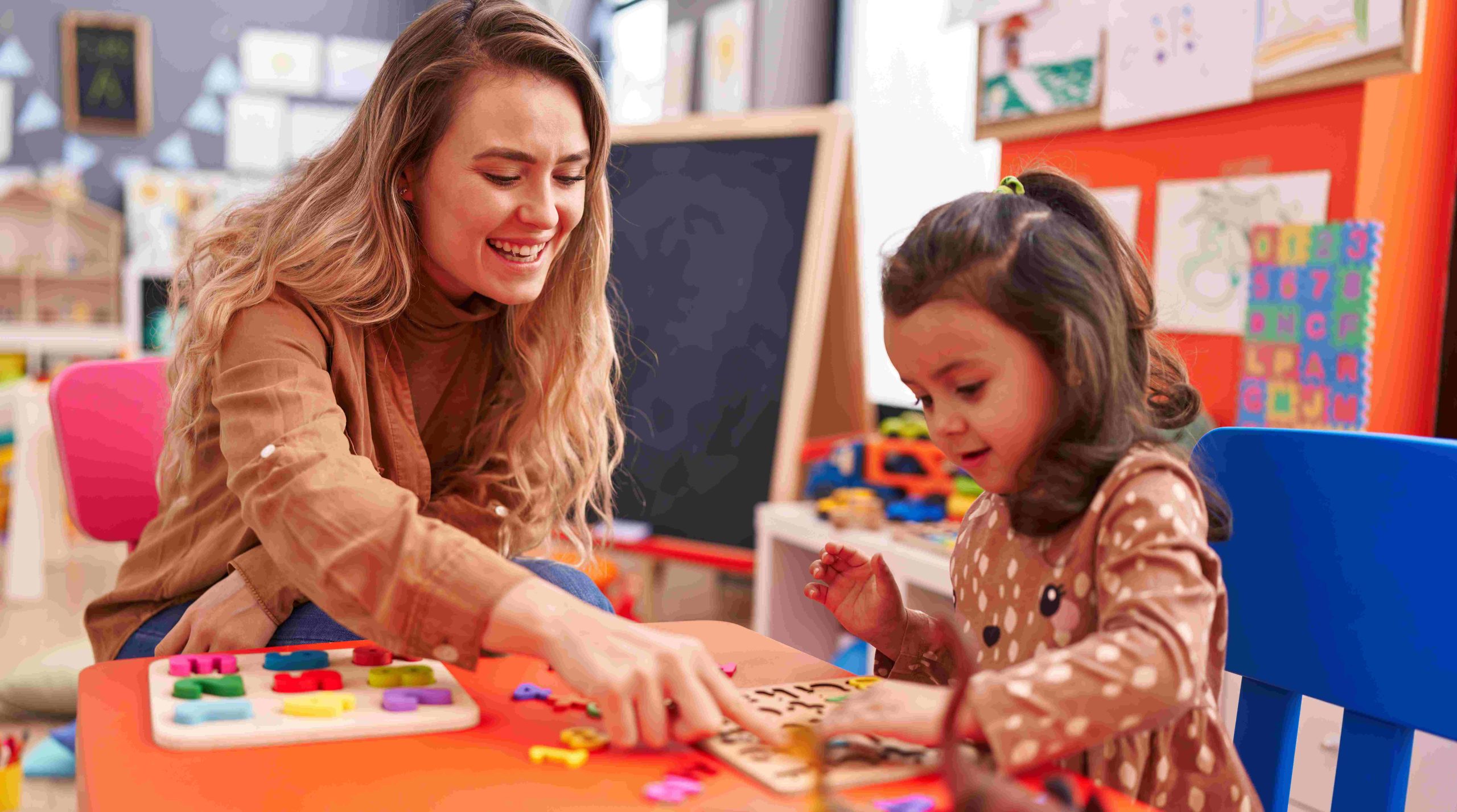
Enhancing Learning Through Effective Teaching Approaches
Effective teaching approaches play a vital role in maximizing student learning outcomes. By employing a variety of instructional strategies, educators can cater to diverse learning needs and foster a supportive learning environment for all students.
Traditional Teaching Methods
While traditional teaching methods such as lectures, note-taking, and textbooks have a long history of use, they may lack in promoting critical thinking and active learning. To address these limitations, educators can integrate newer teaching tactics alongside traditional methods.
Active Learning Strategies
Active learning involves techniques like case studies, simulations, and group discussions, where students actively participate in the learning process. By engaging in these methods, students develop critical thinking, teamwork, and the practical application of knowledge, resulting in deeper learning experiences.
Technology-Enhanced Learning
Technology has revolutionized teaching through tools like online learning platforms, virtual classrooms, and multimedia resources. These technologies engage students, provide personalized learning experiences, and enhance access to education.
Inclusive Teaching Practices
To create an inclusive learning environment, educators modify instruction to meet the diverse needs of students. Inclusive teaching techniques accommodate various learning preferences and promote respect and understanding among students.
Innovative Teaching Methods
Experimenting with innovative teaching methods such as game-based learning and flipped classrooms can provide fresh approaches to engage students and foster critical thinking.
Varied Instructional Strategies for Effective Learning
Play-Based Learning
Play-based learning is particularly effective for young children as it encourages exploration and discovery, fostering a love for learning.
Inquiry-Based Education
Inquiry-based learning encourages students to ask questions, seek solutions, and think independently, thereby enhancing problem-solving skills and fostering curiosity.
Collaborative Learning
By promoting social interaction and teamwork, collaborative learning offers shared learning experiences as students work together to achieve common goals.
Montessori Approach
The Montessori Method emphasizes child-directed learning, multi-age classrooms, and hands-on exploration, nurturing curiosity and encouraging independent learning.
Technology-Based Learning
Utilizing digital tools to deliver educational content, technology-based learning offers interactive and engaging learning experiences for tech-savvy students.
Differentiated Instruction
Differentiated instruction tailors lessons to meet the individual needs of each student, accommodating diverse learning styles and abilities to ensure success for all.
Project-Based Learning
Project-based learning involves real-world projects that integrate multiple subjects, fostering creativity, critical thinking, and problem-solving skills.
Experiential Learning
Encouraging hands-on learning experiences, experiential learning promotes active engagement and deep understanding through reflection on experiences.
Mastery Learning
Mastery learning breaks down complex topics into manageable goals, allowing students to master each concept before progressing, providing personalized learning experiences.
Direct Instruction
Direct instruction involves explicit teaching followed by guided practice and feedback, offering a structured approach effective for students who benefit from clear instruction and scaffolding.
In conclusion, selecting the appropriate teaching strategy is essential for maximizing student learning. By utilizing a combination of these varied instructional approaches and incorporating more transition words, educators can cater to diverse learning needs and foster a supportive learning environment for all students.


